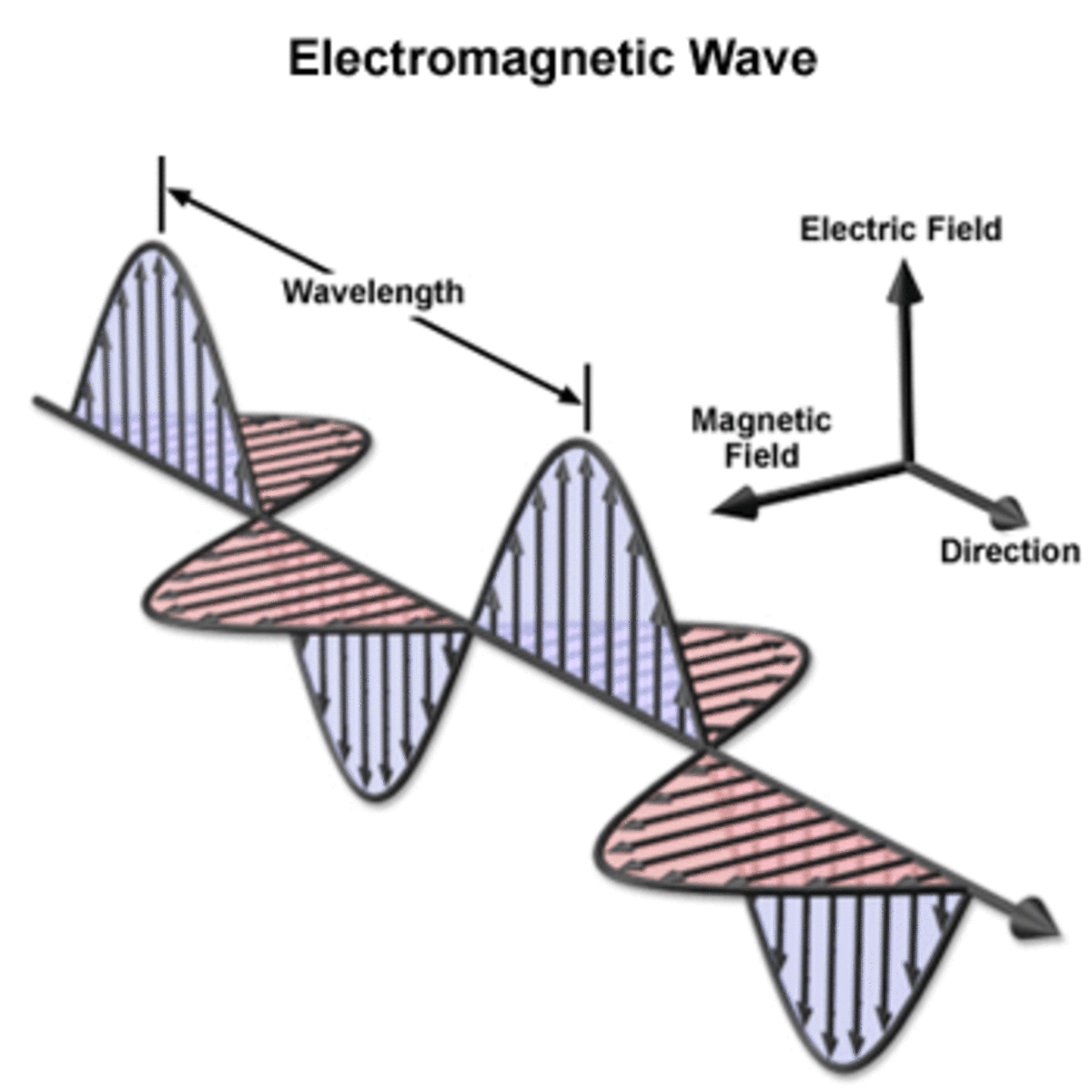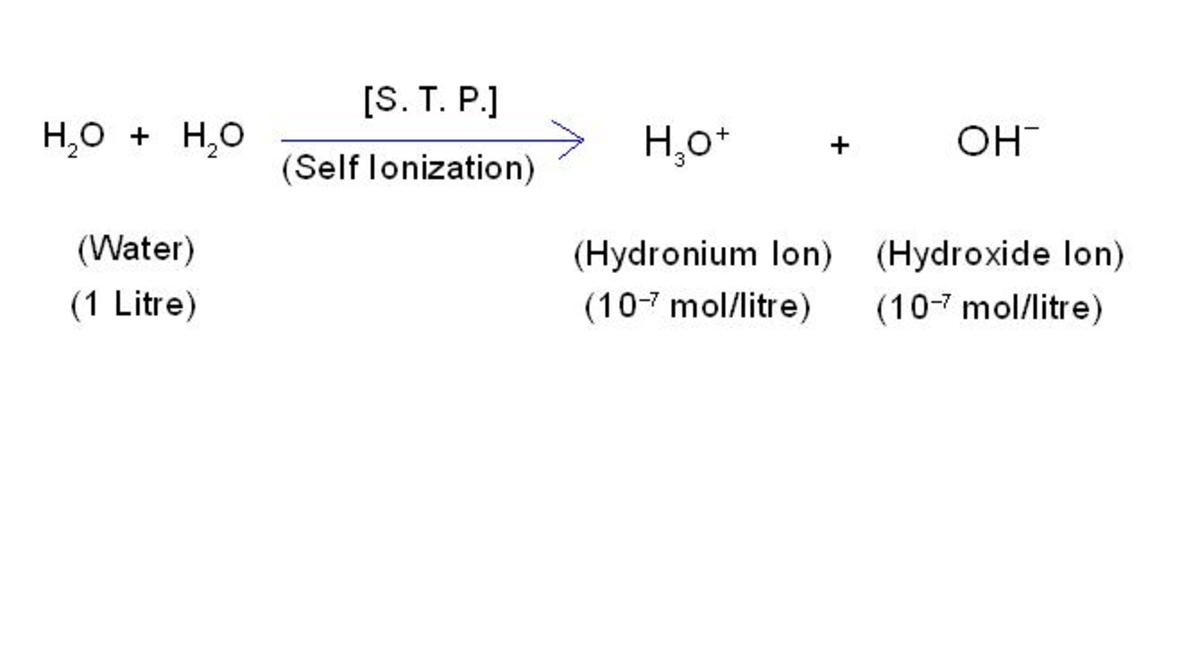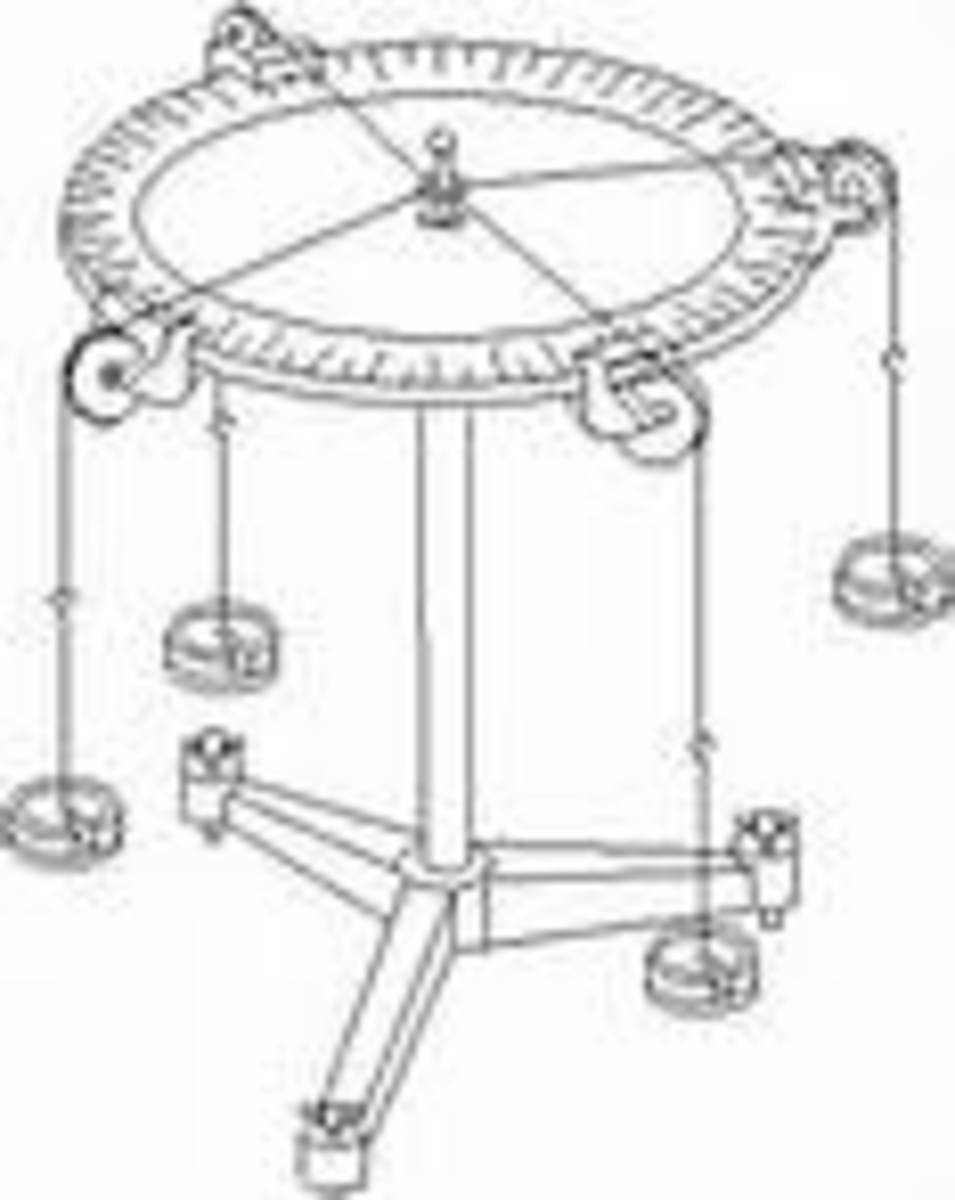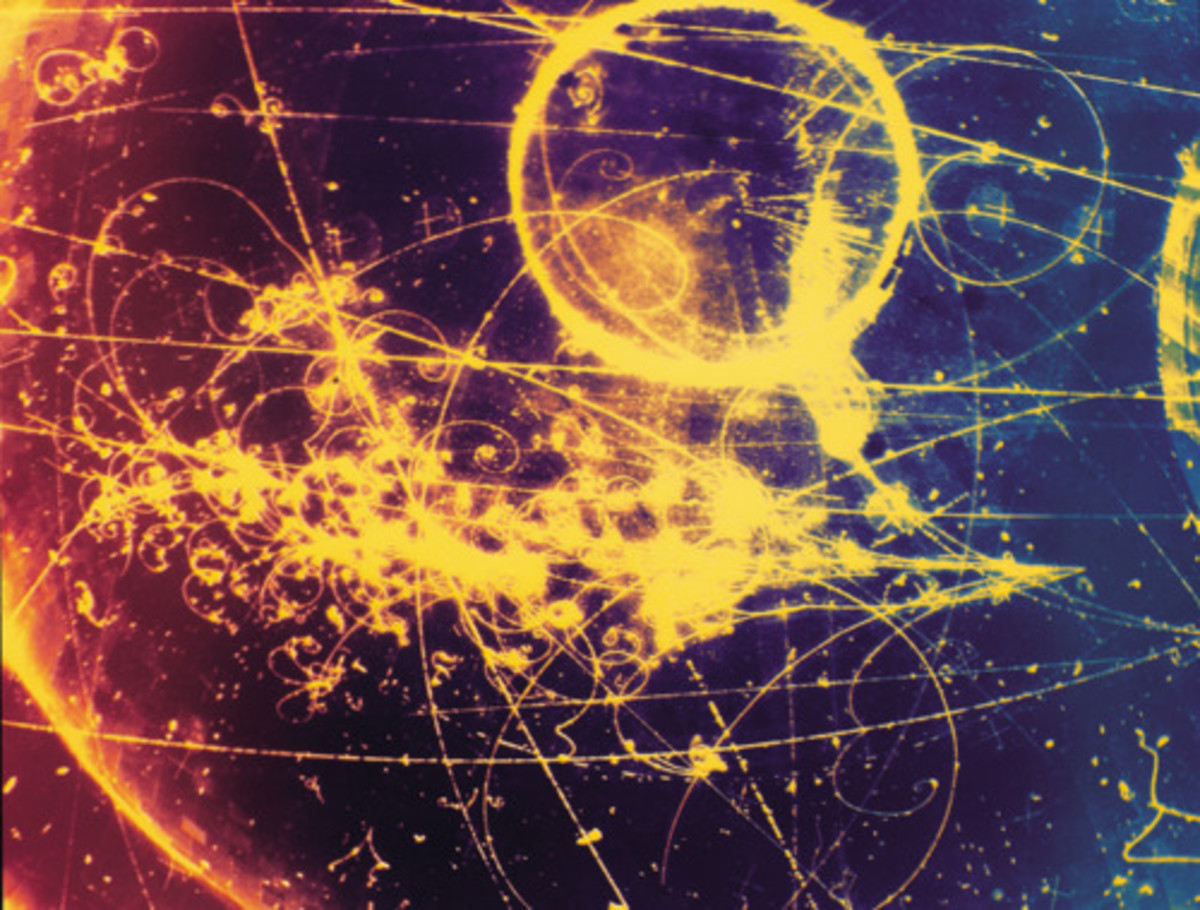Want To Know About Strange Scientific Phenomenons?
Introduction
Many of us are out there living our busy lives doing different jobs without even noticing the strange developments that science has made.For must of us it doesnt matter what scientists are doing in the world ,what they discover and how they manage to do it .Its natural ,actually we are so busy in our lives that we hardly get any time to know about science.Well most of us have read a bit about some strange phenomenons in science that are really interesting and there are many new ones also.For many of you who havent heard about this things you are really going to find it interesting.So lets enter the world of science
What's The Phenomenon?
Now lets talk about a strange scientific phenomenon that has occured recently(well not that recently).This one in which I am personally interested in.I am talking about superconductvity, yes the point at which a metal becomes a super conductor, offering no resistence at all to the flow of electric current.This thing really makes me exciting because if this can be done on practical bases we can have super fasts machines, unnfortunately this can be done only at super low temperatures, but there will be a day when this interesting fact will become an ancient discovery and it will become a routinet technological use in our bus lives. Below I will review super conductivity in a more scientific manner ,this is going help you understand better everthing I am talking about.
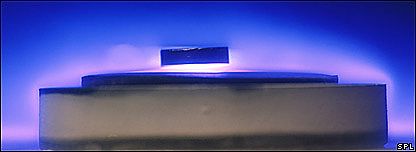
SuperConductivity
Superconductivity, phenomenon displayed by certain conductors that demonstrate no resistance to the flow of an electric current. Superconductors also exhibit strong diamagnetism; that is, they are repelled by magnetic fields. Superconductivity is manifested only below a certain critical temperature Tc and a critical magnetic field Hc, which vary with the material used. Before 1986, the highest known Tc was 23.2 K (-249.95° C/-417.9° F) in niobium-germanium compounds. Temperatures this low were achieved by use of liquid helium, an expensive, inefficient coolant. Ultra-low-temperature operation places a severe constraint on the overall efficiency of a superconducting machine. Large-scale operation of such machines was therefore not considered practical. But in 1986 discoveries at several universities and research centres began to alter this situation radically. Ceramic metal-oxide compounds containing rare earth elements were found to be superconductive at temperatures high enough to permit using liquid nitrogen as a coolant. Because liquid nitrogen, at 77K (-196° C/-321° F), cools 20 times more effectively than liquid helium and is one-tenth as expensive, a host of potential applications suddenly began to hold the promise of economic feasibility. In 1987 the composition of one of these superconducting compounds, with Tc of 94K (-179° C/-290° F), was revealed to be (Y0.6 Ba0.4)2CuO4. It has since been shown that rare earth elements are not an essential constituent, for in 1988 a thallium-barium-calcium copper oxide was discovered with a Tc of 125K (-148° C/-234° F)
History
Superconductivity was first discovered in 1911 by the Dutch physicist Heike Kamerlingh Onnes, who observed no electrical resistance in mercury below 4.2 K (-269° C/-452° F). The phenomenon was better understood only after strong diamagnetism was detected in a superconductor by Karl W. Meissner and R. Ochsenfeld of Germany in 1933. The basic physics of superconductivity, however, was not understood until 1957, when the American physicists John Bardeen, Leon N. Cooper and John R. Schrieffer advanced the now celebrated BCS theory, for which the three were awarded the 1972 Nobel Prize for Physics. The theory describes superconductivity as a quantum phenomenon, in which the conduction electrons move in pairs and thus show no electrical resistance. In 1962 the British physicist Brian Josephson examined the quantum nature of superconductivity and proposed the existence of oscillations in the electric current flowing through two superconductors separated by a thin insulating layer in a magnetic or electric field. The effect, known as the Josephson effect, was subsequently confirmed by experiments.
Applications
Because of their lack of resistance, superconductors have been used to make electromagnets that generate large magnetic fields with no energy loss. Superconducting magnets have been used in studies of materials and in the construction of powerful particle accelerators. Using the quantum effects of superconductivity, devices have been developed that measure electric current, voltage, and magnetic field with unprecedented sensitivity.
The discovery of better superconducting compounds is a significant step towards a far wider spectrum of applications, including faster computers with larger storage capacities, nuclear fusion reactors in which ionized gas is confined by magnetic fields, magnetic suspension of high-speed ("Maglev") trains, and, perhaps most important of all, more efficient generation and transmission of electric power. The 1987 Nobel Prize for Physics went to West German physicist J. Georg Bednorz and Swiss physicist K. Alex Mueller for their work on high-temperature superconductivity.
Magnetic Elevation Due To Superconductivity
Fotunately, some of the companies in Japan, Europe, China, South Korea and the US are moving ahead with such application. In the USA, a firm named American Superconductor has devised a technique to "bend the unbendable", developing HTSC wires that can carry 150 times more electricity than the corresponding copper cables.
Central Japan Railways employs coils for their superconducting investigational magnetic levitation (maglev) train.
American Superconductor has also developed an electric motor by means of coils of superconducting wires for usage in the next-generation of US Navy destroyers.
Other than that, the firm ready to initiate testing its most recent 36.5-megawatt engine that is cooled by off-the-shelf liquid helium refrigerators and has a weight of 75 tones.
New ray of hope:
For now, the things seem to be moving in the right direction. Many novel superconductors have been found including a mercury-based amalgam that has a transition temperature of 134K (-139C). Professor Chu said:
When we applied pressure we raised it up to 164K (-109C) - that's a record. Of course from an application point of view, it's hopeless.
It seems he days are not far when room temperature superconductors will be discovered & wil start a new era of development.

